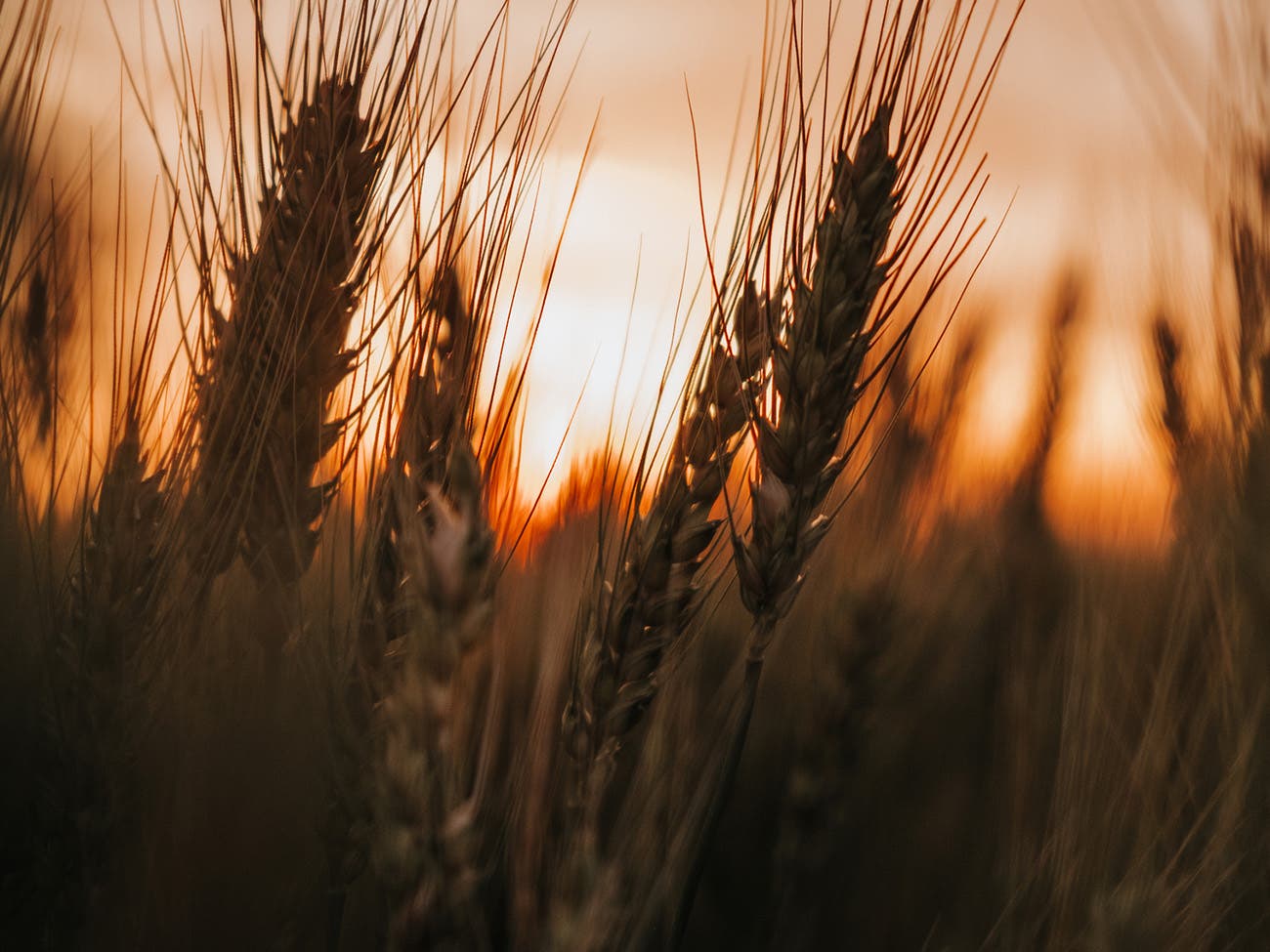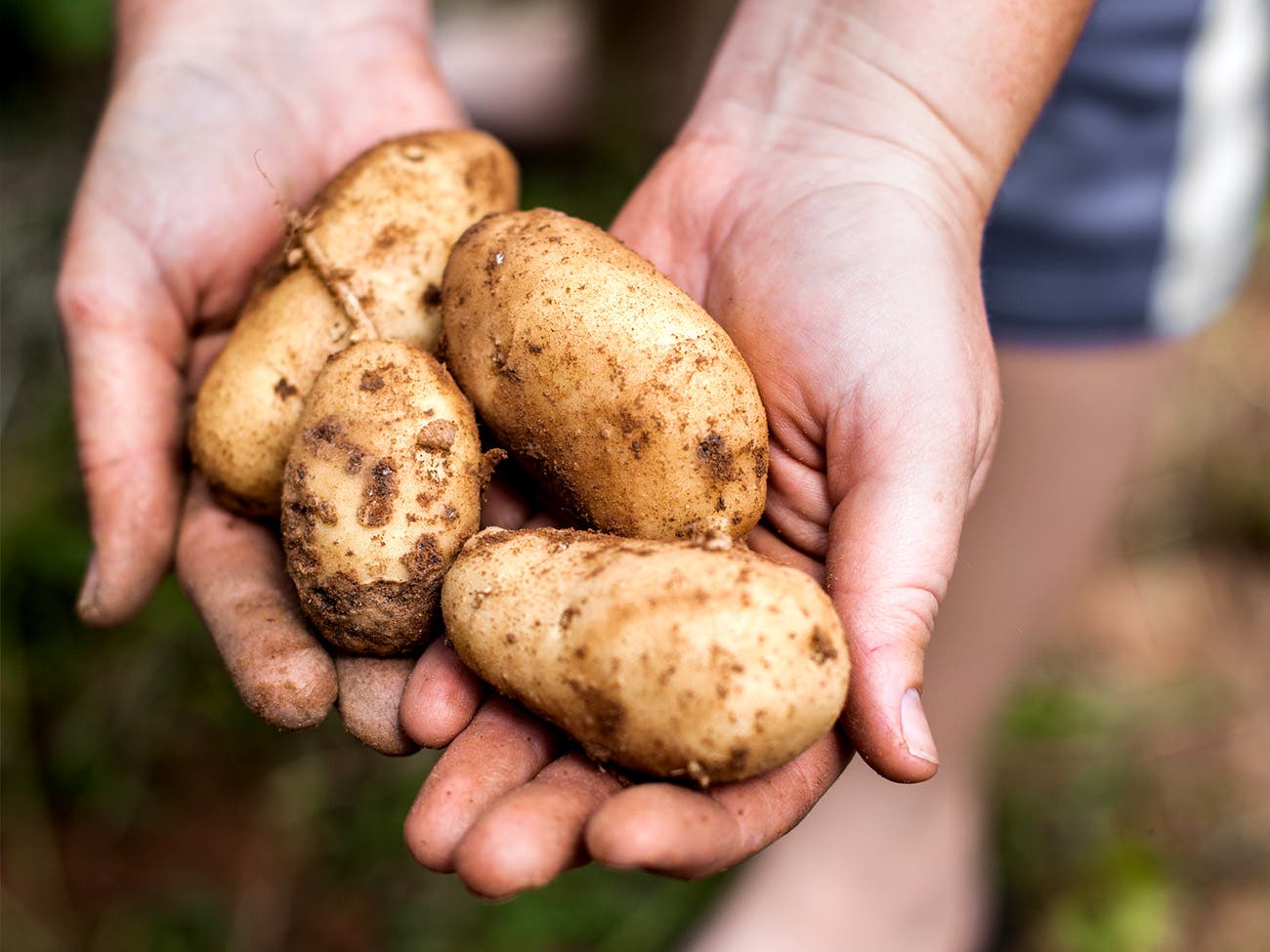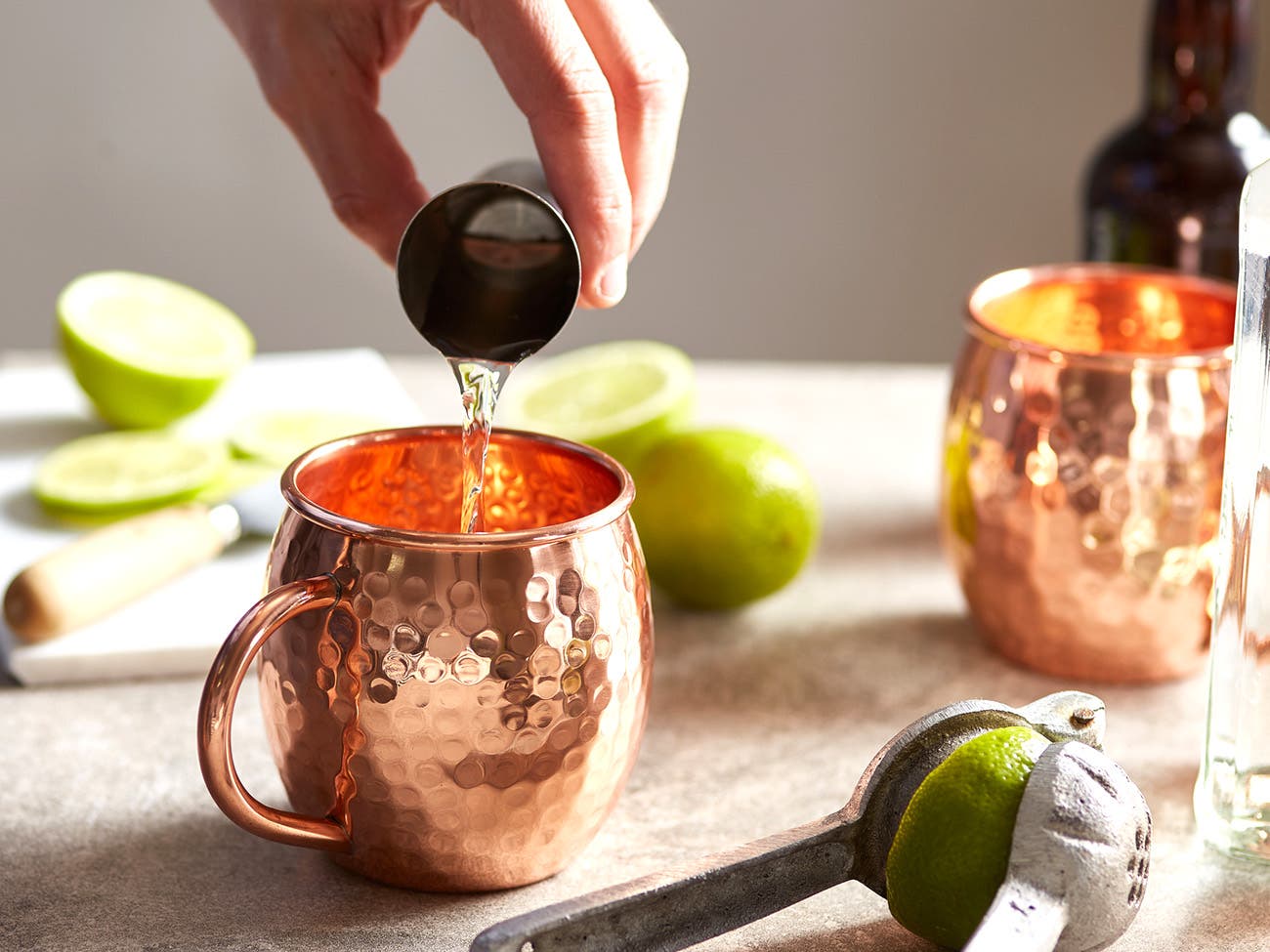

Native of Eastern Europe, vodka became Russia’s national drink centuries ago. Today, it is one of the most popular spirits in the world. It is also produced just about everywhere, even in Quebec, where new craft distillers have started to produce vodka as well.
Vodka is very popular as a result of its versatility. Because of its light flavours, it can be used in a variety of cocktails, in various contexts, with or without food.
As a general rule, vodka is made from cereal grains or potatoes, though grapes, beets, and other fermentable agricultural products could also be used. However, European regulations state that in cases where cereal grains or potatoes – the only bases allowed for traditional vodka – are not used, the ingredients must be listed.


Origin and traditions
The history of vodka dates back to the Middle Ages, when Slavic countries would practice some primitive forms of distillation to concentrate alcohol with grain fermentation (potatoes only arrived in Eastern Europe in the 17th century, and therefore were only used later on). We were a long way from the current concentrations and the clear, odourless liquid we have today; these came with the emergence of modern stills and a more systematic approach to distillation.
Vodka was first mentioned in Polish manuscripts, around the year 1400. Even so, the Russian fervently insist that they, in fact, invented it. It seems, however, that the drink was being consumed in Scandinavia, the Baltic countries, and the Ukraine for several centuries already.
Russia and Poland may be the biggest producers of vodka, but Sweden is the drink’s largest exporter, followed by France. Poland and Russia are next, as their production is more widely distributed in their own markets. The Netherlands and the United States come in 5th and 6th in a long list of leaders, including (surprisingly!) Italy and… Singapore.
Little water
The word vodka is a diminutive of voda, the Slavic word for water. It literally translates to little water… although in reality, it’s more like strong water! Oddly enough, the expression is also comparable to the expression water of life. This notion also applies to whisky, from the Celtic uisge beatha, which means water of life. Looks like our ancestors liked their water… with a kick!
Hold the flavour, please!
The funny thing about vodka is that the best ones are appreciated for their flavour… or lack thereof! Whereas whisky, gin, and rum are valued for their complexity and aromatic intensity, vodka is the complete opposite. That’s why we have a tendency to distill vodka more than once, and pass it through a carbon filter to eliminate anything that may add flavour.
However, craft distillers have a tendency of making the base alcohol aromas more perceptible and giving the liquid a little more amplitude in terms of texture and mouthfeel. That’s one way to recognize their products, even though the aromatic component must remain discreet to meet the definition of this spirit, as well as consumers’ expectations.
In any event, vodka is appreciated for its texture and mouthfeel, and a certain amount of heat – not a burning sensation, however. These sensations are enhanced by cooling, either in the fridge or freezer, minimizing the aromas and making the alcohol not as strong tasting.


At the table
In Nordic and Eastern countries, vodka is traditionally served with meals – not only as cocktails or at parties. In Russia, it is commonly served with zakuski – large, generous hors-d’œuvre platters that include blinis, Russian salad (potatoes, vegetables, fish, eggs, etc., covered in mayonnaise), cold cuts, eggplant salad, and smoked and marinated fish. Pickles and other marinades are also a big part of the menu.
Fish and seafood pair especially well with vodka. The fat in the fish, along with its pronounced flavours, balance perfectly with this sharp, clear alcohol. It’s refreshing following a slice of smoked salmon or freshly shelled Nordic shrimp.
How to keep vodka
Because vodka is fairly neutral, it is unlikely to lose its aromas after being opened. An open bottle of vodka can last several months, especially when stored in a cool, dark place. An unopened bottle, on the other hand, can last years, but it usually doesn’t get better with age.


For cocktails, the possibilities are endless!
Given its neutral character, vodka can be combined with just about any flavour or texture, be it sweet or savoury, bitter or citrusy. Think White Russian, which is practically a dessert with its cream and coffee liqueur, or Moscow Mule, a spicy and lemony drink, or even a Bloody Mary, which has salt, pepper, and tomato juice. With vodka, the possibilities are endless! Morning to night, with a vodka martini for cocktail hour, this spirit is perfect for any occasion.
The same is true of flavoured vodkas, with aromas ranging from hot pepper to whipped cream to just about any fruit you can think of, as well as spices, cucumber, bacon, and of course, buffalo grass! As we said, it doesn’t get much more versatile than vodka.
For the full selection of vodkas currently available at the SAQ, click here. Check out the Espace cocktail for more than 200 vodka-based recipes.
 Free in-store delivery with purchases of $75+ in an estimated 3 to 5 business days.
Free in-store delivery with purchases of $75+ in an estimated 3 to 5 business days.










